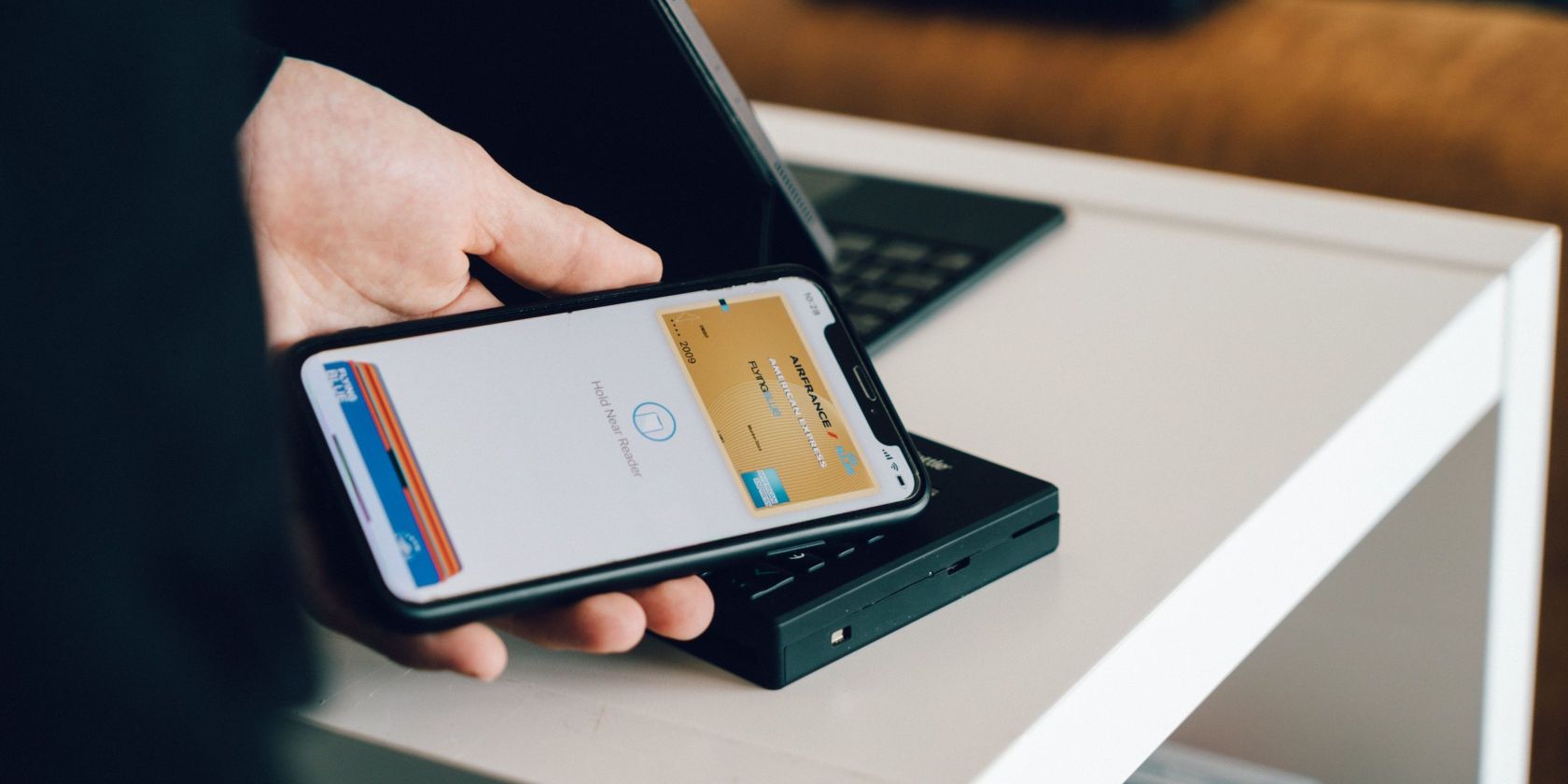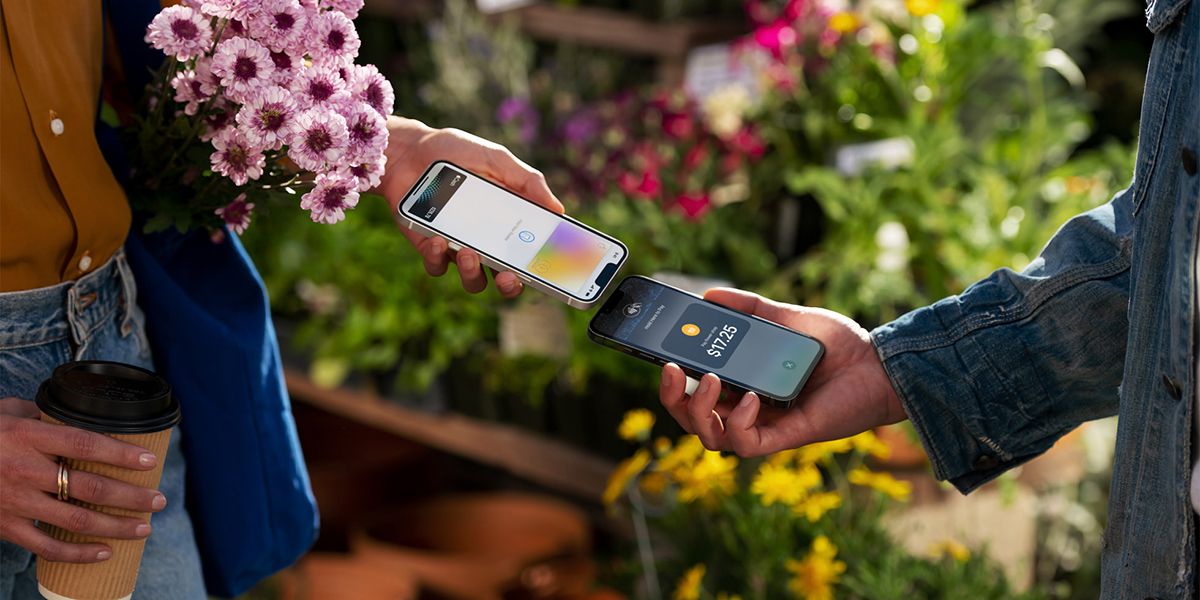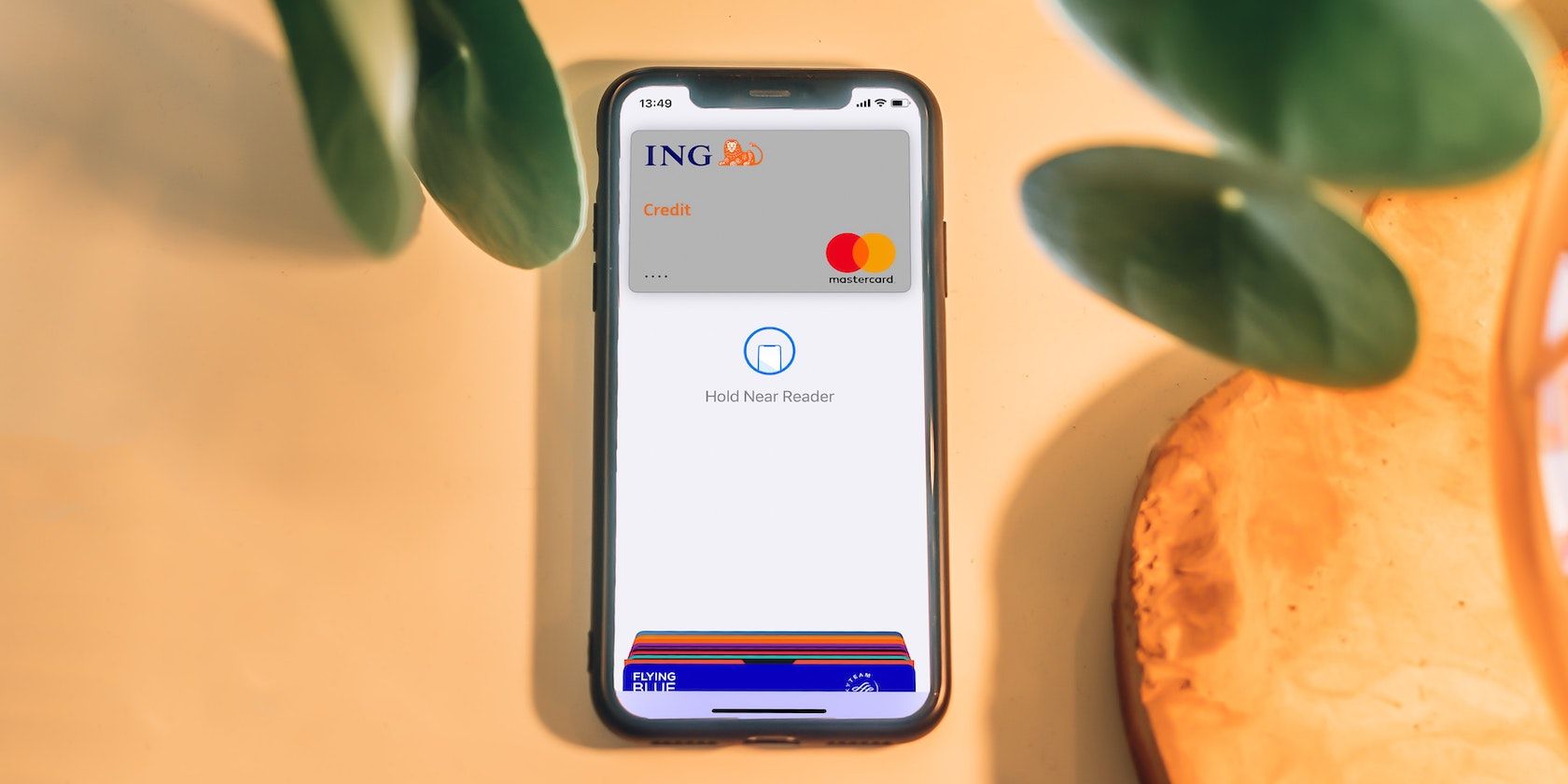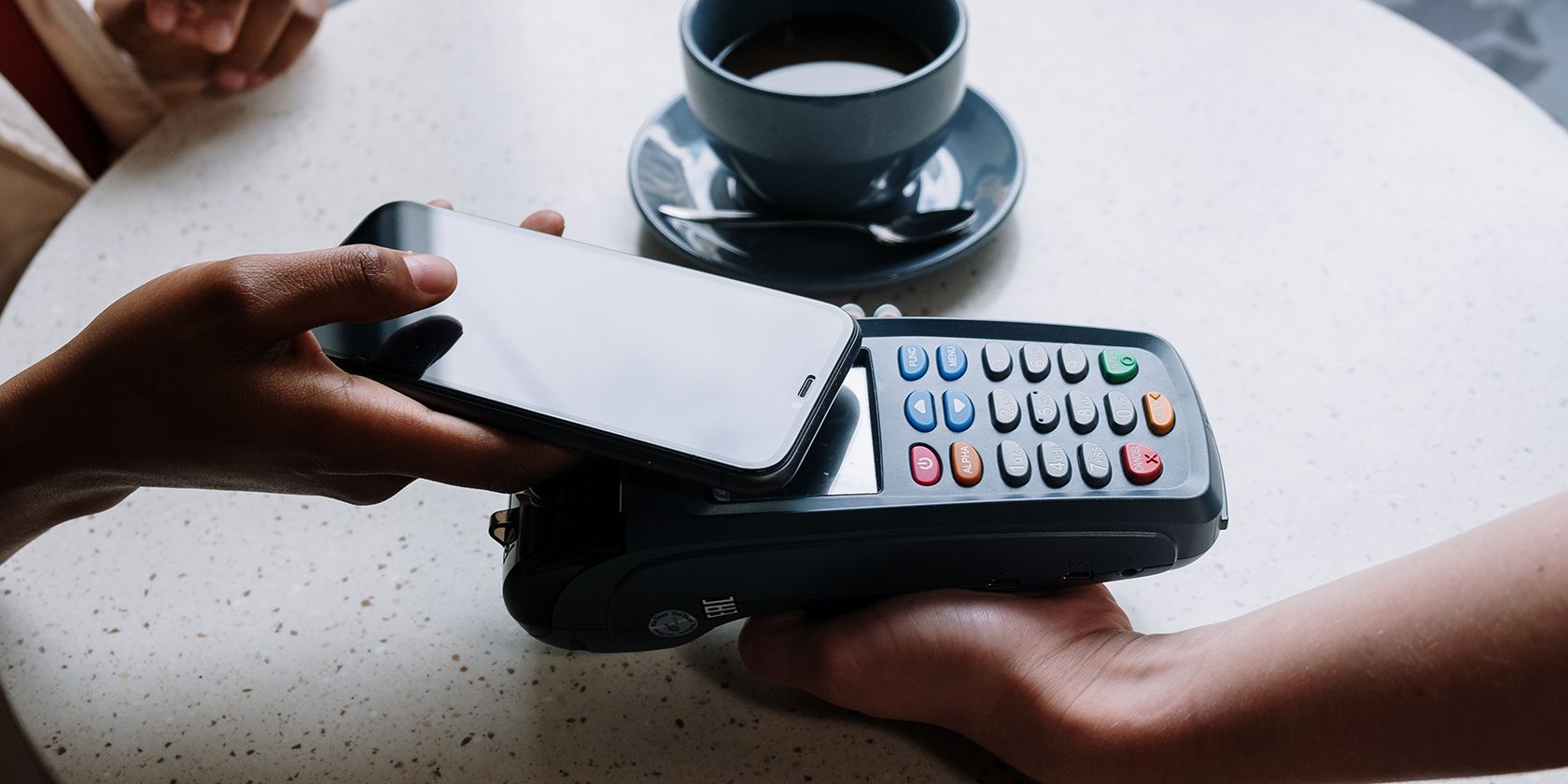Though Apple Pay has undeniable benefits, like not needing to carry credit cards or cash, there are a few potential drawbacks to consider as well. While these may not be reasons to completely avoid using this payment method, it's still wise to consider the downsides Apple Pay has.
1. Potential for Fraudulent Contactless Charges
Research from the University of Birmingham highlighted Apple Pay's susceptibility to payment fraud on Visa cards with the Express Mode enabled.
Express Mode lets commuters tap their iPhones at a turnstile to access public transportation without unlocking the device and authenticating the payment with Face ID. Essentially, hackers can bypass the contactless limits on small payments using off-the-shelf radio equipment that easily slips into a coat pocket.
For instance, say you used Apple Pay to purchase a train ticket. Since that requires minimal authentication, hackers can override the transaction and replicate it multiple times without your knowledge.
You can see how this might be especially worrisome if a thief steals your phone. Thankfully, it's easy to remotely disable Apple Pay after losing your iPhone or Apple Watch. To avoid unwanted charges, regularly review your transactions in the Wallet app.
2. Apple Pay Only Works on Apple Devices
Like most Apple features, Apple Pay only works on an iPhone, iPad, Mac, or Apple Watch. Furthermore, you need an iPhone or an Apple Watch to make contactless payments via Tap to Pay. This means you won't be able to use it after switching to an Android phone or wearable.
Those using both platforms may want to use Google Pay to make mobile payments instead.
3. Apple Pay Isn't Universally Accepted
Apple Pay uses the near-field communication (NFC) protocol for contactless payments. However, not all merchants have equipped their stores with modern NFC terminals, especially those in the United States. Some banks might limit NFC transactions, and others may disable them altogether.
Apple Pay is also unavailable in some countries, which is worth considering if you travel a lot. Apple's Feature Availability page lists all the countries where Apple Pay is available.
Over-reliance on NFC payments could backfire if you go somewhere that doesn't accept Apple Pay. But then again, you'll experience the same with Google Pay and similar NFC systems.
4. You Can't Pay if Your Device's Battery Is Dead
If your iPhone's battery drops to 0% and shuts down, you won't be able to use Apple Pay in most cases—unless you have an Apple Watch that can be a lifesaver in such situations. Additionally, Express Mode transactions that leverage a feature called power reserve can remain available for up to five hours after iOS has initiated a shutdown.
As you may have guessed, this drawback of being unable to use a battery-drained iPhone isn't inherent to Apple Pay. Not being able to make NFC payments when the battery is dead should be viewed as a reason not to rely on Apple Pay as the sole payment method for on-the-go payments.
Apple Pay's Convenience Outweighs the Drawbacks
Contactless payments make checkouts significantly quicker, but don't overlook the above disadvantages for the sake of convenience. Fortunately, you don't need to worry about its security, as there are no documented cases of Apple Pay suffering from cyberattacks.
If you're like most people, you'll likely find that the many benefits of Apple Pay outweigh the potential drawbacks of using the feature as your only contactless payment method.




